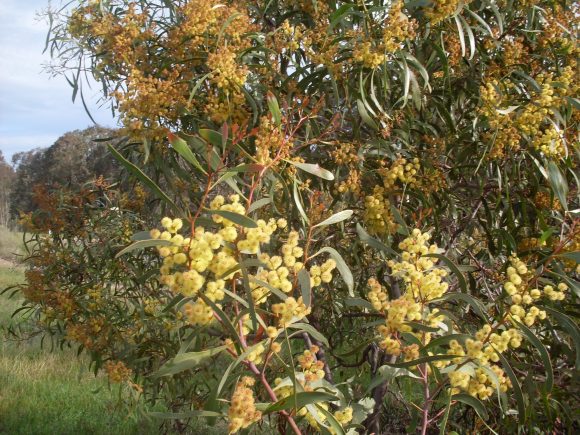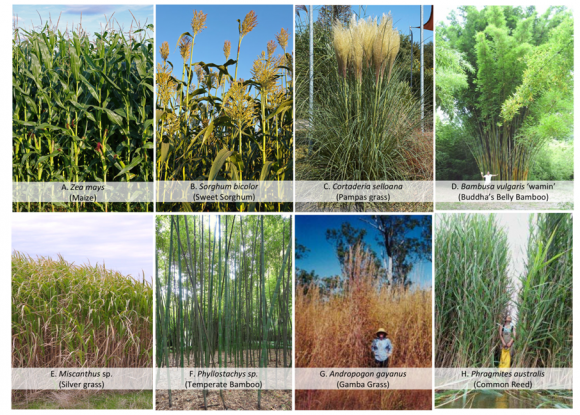23 July 2013 | By Llewellyn Foxcroft
Protected areas are increasingly important in the maintenance of species, ecosystems and the services they provide; at the same time, however, invasions by alien species are accelerating, undermining the conservation value of protected areas and preventing them from achieving their goals. If the invasion of alien species into protected areas is to be prevented, or at least minimised, then a detailed understanding of their drivers is required.
While studies have explored some predictors of invasions, for either alien animals or plants, no study has explored the role of a larger number of predictors or included both animals and plants. South African National Parks (SANParks) provide a model system within which to examine predictors of invasions and to search for generalities: the country’s 19 national parks constitute 52% of terrestrial protected areas in the country, span the country geographically and encompass a diverse range of park sizes (from 57 to 19 624 km2), urban to rural contexts, and a range of climates and biomes.
Twelve variables were selected as potential predictors of the number of alien species per national park, including: (1) number of years since the park was proclaimed, (2) number of years since the most recent land acquisition, (3) park size, (4) data availability (categorical estimates with three levels), (5) mean annual visitor numbers, (6) boundary human population density (population density in the vicinity of the park), (7) number of roads entering the park, (8) number of rivers entering the park, (9) indigenous plant species richness, (10) normalised difference vegetation index (NDVI), (11) mean annual temperature (°C) and (12) mean annual rainfall (mm). These variables were selected based on current understanding of the determinants of alien species richness, particularly for protected areas. Best fit generalised linear models for the number of alien and invasive species were determined for (a) all species, (b) plants, (c) animals (all animal taxa, vertebrate and invertebrate), (d) vertebrates (including all mammals, birds, fish, reptiles and amphibians), and (e) mammals only.
A total of 813 alien species were listed in SANParks, with a database of 1670 species records across the national parks. Where there was evidence of a species having a negative impact on biodiversity, (locally or elsewhere) these species were considered invasive, leading to 181 species being considered invasive. The national parks with the most alien and invasive species were Kruger (400 alien and 81 invasive species), Table Mountain (291, 101), Garden Route (200, 74) and Addo Elephant (130, 59) National Parks. The national parks with fewest recorded alien and invasive species were Kalahari Gemsbok (15, 7) and Richtersveld (14 and 12 species) National Parks.
Of the twelve variables tested, human population density surrounding parks was the most consistent and strong predictor of numbers of alien and invasive species, across both plants and animals. Although there were other significant explanatory variables and some interrelated ones, two contrasting examples illustrate the overriding importance of human population numbers. Kruger National Park, which has the highest number of alien species, is the oldest park with about 110 years of continuous conservation status. However, the human population surrounding Kruger can account for both the numbers of alien plants as well as invasive plants, as at least two million people reside within a 50 km radius of the park, and about 3 600 staff within the park. In a completely contrasting situation, Table Mountain, which is an urban park, falls within the Cape Town metropolitan area, with a large surrounding human population (c. 3 million people). Therefore, even though these two parks are completely different, they still have the highest alien species numbers, as was predicted by the density of people living along their borders.
Thus, human population density emerged as an important predictor of alien species richness in protected areas across taxa, providing a basis for guidelines on where to focus surveillance and eradication efforts.
For more information, contact Llewellyn Foxcroft at llewellyn.foxcroft@sanparks.org


